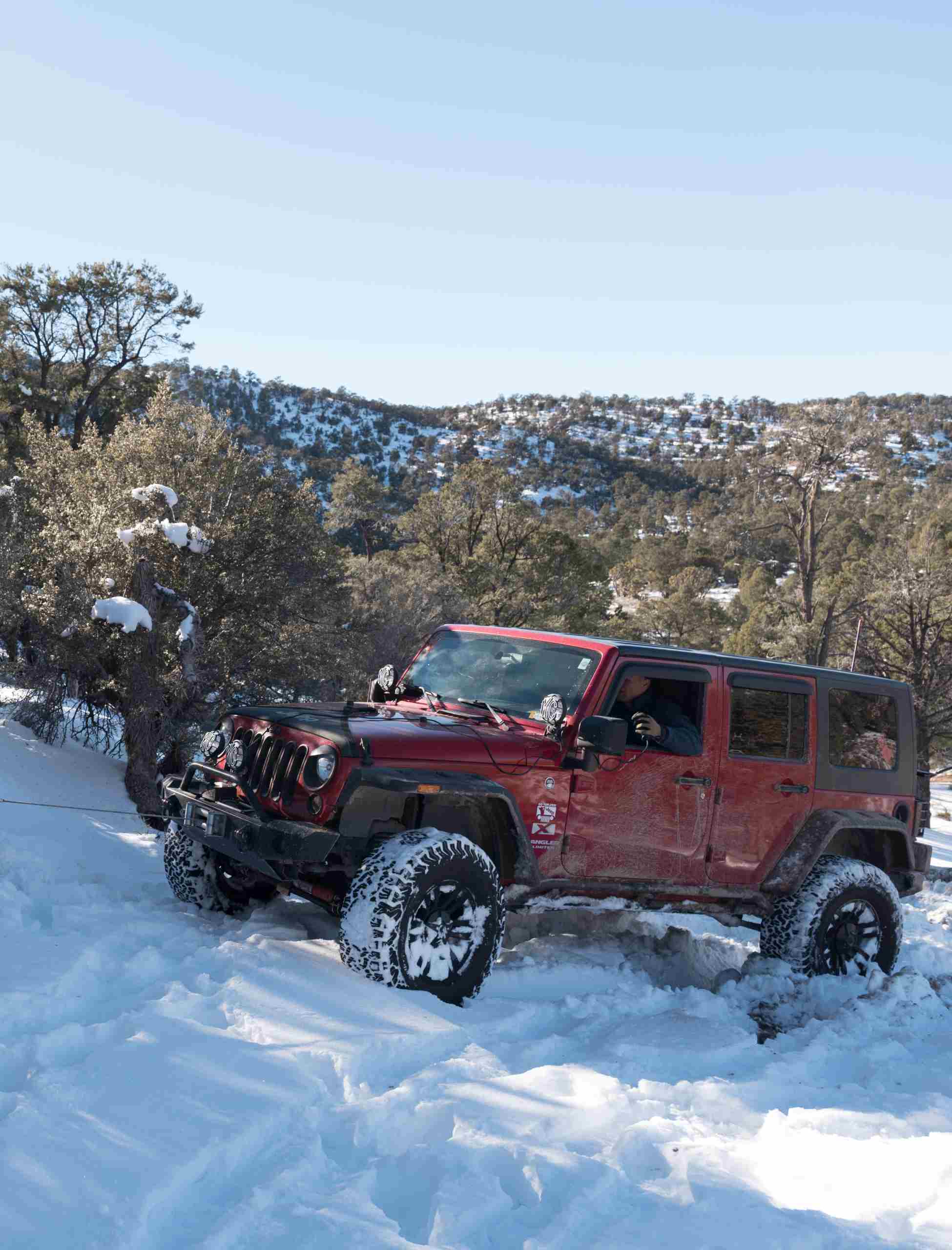Recovery winches are vital tools for off-road enthusiasts, offering a lifeline when vehicles get stuck in challenging terrain. However, safety should always be your top priority when operating this powerful equipment. This guide will show you how to use your recovery winch safely.
Understanding Your Winch and Its Limits
Before you start using your recovery winch, it’s essential to understand its capabilities and limitations. Each winch has a specific load capacity, and exceeding this limit can lead to equipment failure and accidents.
Always check the manufacturer’s guidelines and ensure you’ve mounted your recovery winch correctly to distribute the load evenly. Familiarize yourself with the winch’s controls and practice using it in a controlled environment before heading out on your adventures.
Proper Anchor Points and Rigging Techniques
Choosing the right anchor point is critical for a successful and safe recovery. Trees, rocks, and other sturdy objects can serve as anchor points, but they must be strong enough to handle the load.
Tree protectors and rigging equipment like D-shackles and snatch blocks will distribute the force evenly and reduce strain on any single point. By mastering these rigging techniques, you’ll enhance the efficiency and safety of your winching operations.
The Importance of Clear Communication
You have to use clear communication when you’re using a recovery winch. It’s especially important if you’re working with a team. Establish hand signals or use two-way radios to ensure everyone understands the plan and can coordinate their actions effectively.
Miscommunication can lead to dangerous situations. Make sure the team takes the time to agree on a communication strategy before starting the recovery process.
Safety Precautions for You and Others
Personal safety should always come first when using a recovery winch. Wear gloves to protect your hands from sharp edges and pinch points. Stand clear of the winch cable and avoid stepping over it or standing in line with it.
If the cable snaps, it can cause severe injuries. Ensure bystanders are at a safe distance and aware of the dangers. Following these precautions minimizes the risk of accidents and keeps everyone safe.
Regular Winch and Gear Maintenance
Regular maintenance will keep your winch and gear in optimal condition. Inspect the winch, cable, and rigging equipment for signs of wear and tear, such as frayed cables or bent hooks. Lubricate moving parts and ensure all connections are secure.
Address any issues immediately to prevent equipment failure during a recovery operation. Maintaining your gear ensures its reliability and longevity, making your off-road adventures safer and more enjoyable.
You can use your recovery winch confidently and responsibly by following these safety tips. Stay safe and enjoy the thrill of off-road adventures, knowing you’re well-prepared for any situation.
Casey Cartwright
Latest posts by Casey Cartwright (see all)
- 6 Ways To Customize Your Truck for Off-Roading – April 21, 2025
- 5 Tips for Safe Shooting Near Lakes and Ponds – April 10, 2025
- A Beginner’s Guide to Shooting Range Safety – April 9, 2025

Leave a Reply